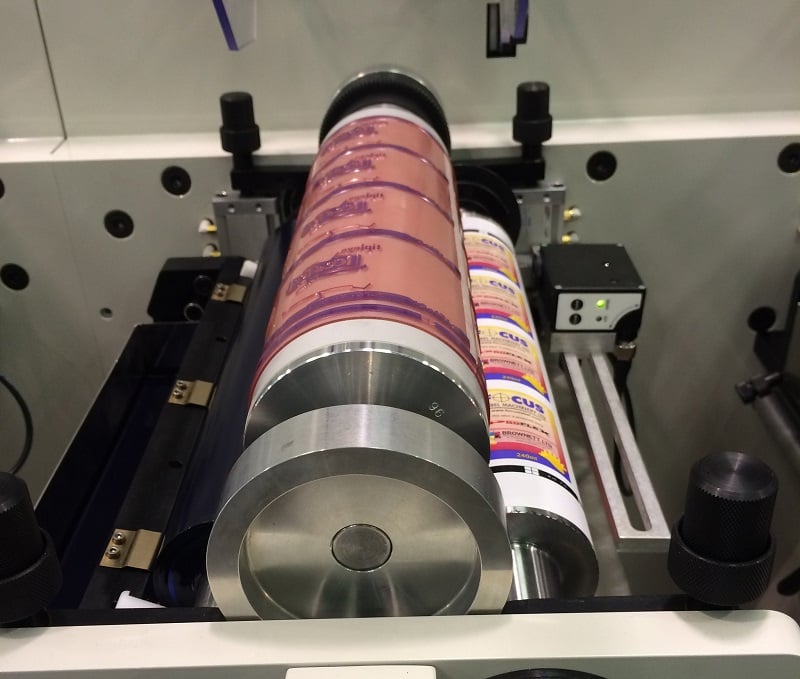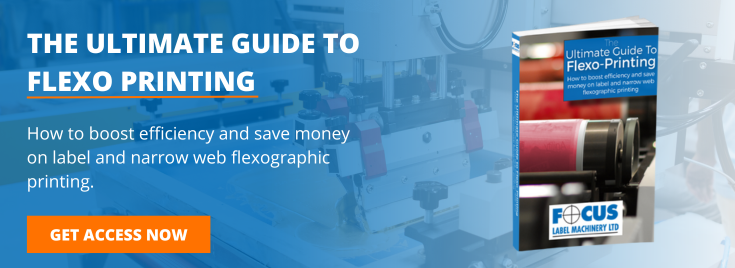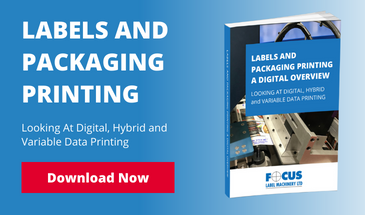
'Dot gain', sometimes known as tone value increase (TVI), is a flexo printing defect characterised by the diameter of halftone dots increasing during the printing process. Essentially, this means the dots on your printed substrate come out larger than intended and, in many cases, this will result in printed material looking darker or fuzzier.
Ultimately, dot gain is a problem because it can have a detrimental impact on the quality of your final printed product. Dot gain is usually expressed as a numerical value, giving the difference between the dot size on the source file and the actual dot size on the final printed product.
Fortunately, with flexo printing, there are steps that can be taken to minimise the problem. Let’s take a look.
 Reduce Printing Pressure
Reduce Printing Pressure
One of the most common causes of dot gain is too much pressure being applied to the substrate during the printing process. Flexographic printing is a pressure sensitive process and excess pressure (or too little) can adversely affect your final print quality.
It can be difficult to know for sure whether dot gain is being caused by pressure from the print cylinder or not, so the best option is simply trial and error. Try reducing the pressure settings and then evaluate the results. If the issue is resolved, pressure was the cause. Of course, if the dot gain remains, the root cause is likely to be something else.
Check Your Ink Viscosity
Ink viscosity or thickness is another factor which can cause dot gain. The more viscous your ink, the less likely it is to spread when applied to your chosen substrate. Less viscous or more watery ink is easier to spread, at the risk of potentially extending beyond the area intended.
It is therefore important to strike a careful balance with ink viscosity. Additionally, the pH and viscosity of your ink need to be kept in close alignment, so ink viscosity should only be adjusted by using additives recommended by the ink manufacturer.
Compensate In Advance
One of the factors that can impact upon dot gain is the substrate surface and whether it is coated or non-coated. In general non-coated surfaces are able to absorb more ink, resulting in more dot gain on the final printed product.
However, this doesn’t necessarily mean you need to change your substrate. Once you know what the dot gain level is, one solution is to compensate for it in advance. Many software applications, including Adobe Photoshop, feature options for compensating for dot gain. When such options are used, the final dot gain can be off-set.
Find Out More
At Focus Label we provide a range of advanced printing presses that minimise the risk of dot gain and other print defects. To find out more about flexo printing, please click here to download our free Guide to Flexographic Printing.





